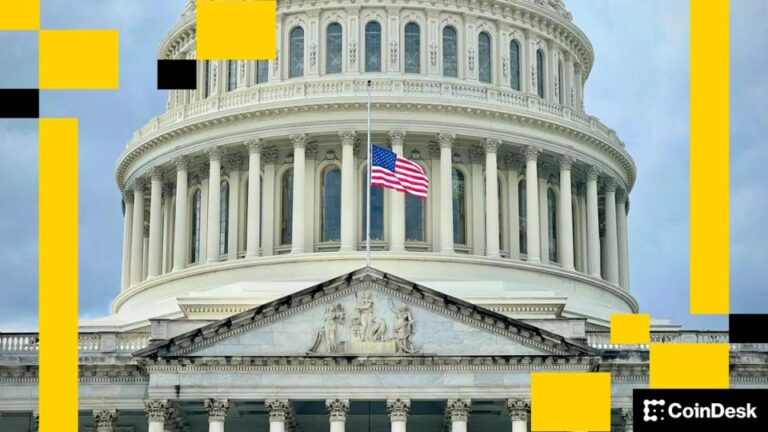The Rise of XRP: A Comprehensive Analysis
XRP Overview
XRP, the digital currency associated with the Ripple network, has become one of the most prominent cryptocurrencies in the market. Launched in 2012, XRP was designed to facilitate fast and cost-effective cross-border payments. Unlike many cryptocurrencies that rely on mining, XRP operates on a consensus ledger, which allows for faster transaction times and lower fees. This unique approach has attracted significant attention from banks and financial institutions, as they seek solutions to streamline their payment processes.
The Technological Foundation of XRP
At the heart of XRP’s rise is its underlying technology. Ripple’s consensus algorithm enables transactions to be processed in just a few seconds, making it one of the fastest cryptocurrencies available. This speed is crucial for financial institutions that need to settle transactions in real-time. Additionally, XRP’s low transaction fees—often fractions of a cent—make it an attractive option for cross-border transfers, where traditional banking fees can be prohibitively high.
Regulatory Challenges and Developments
Despite its technological advantages, XRP has faced significant regulatory scrutiny, particularly from the U.S. Securities and Exchange Commission (SEC). In December 2020, the SEC filed a lawsuit against Ripple Labs, claiming that XRP should be classified as a security rather than a currency. This legal battle has created uncertainty in the market and impacted XRP’s price. However, recent developments, including favorable rulings in the case, have sparked renewed optimism among investors and may pave the way for XRP’s broader acceptance.
Market Adoption and Partnerships
XRP’s rise can also be attributed to its growing adoption among financial institutions. Ripple has established partnerships with numerous banks and payment providers worldwide, enabling them to utilize XRP for cross-border transactions. These partnerships have demonstrated the real-world utility of XRP and have contributed to its increasing legitimacy as a financial asset. As more institutions adopt XRP, it is likely to gain further traction, potentially increasing its market value.
The Role of Decentralization
Decentralization is a key aspect of the cryptocurrency ethos, and XRP’s position in this regard has been a topic of debate. While Ripple has maintained a degree of control over the XRP Ledger, the company has made efforts to promote decentralization within the network. This has included initiatives to distribute XRP more widely and to encourage third-party developers to build on the Ripple platform. The balance between maintaining control and fostering decentralization will be crucial for XRP’s long-term success.
The Future of XRP
Looking ahead, the future of XRP appears promising, given its technological advantages and increasing adoption. As financial institutions continue to explore blockchain technology for payment solutions, XRP is well-positioned to play a significant role in the evolution of cross-border transactions. However, ongoing regulatory challenges will need to be addressed to ensure its sustained growth and acceptance in the broader financial ecosystem.
Conclusion
The rise of XRP is a testament to the potential of blockchain technology in revolutionizing the financial industry. With its fast transaction speeds, low fees, and growing adoption among financial institutions, XRP has established itself as a key player in the cryptocurrency market. While regulatory hurdles remain, the future looks bright for XRP as it continues to innovate and adapt in an ever-evolving landscape. As the world increasingly embraces digital currencies, XRP’s position as a leading asset in the financial system may very well solidify in the years to come.
